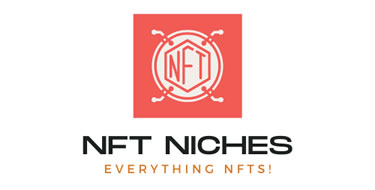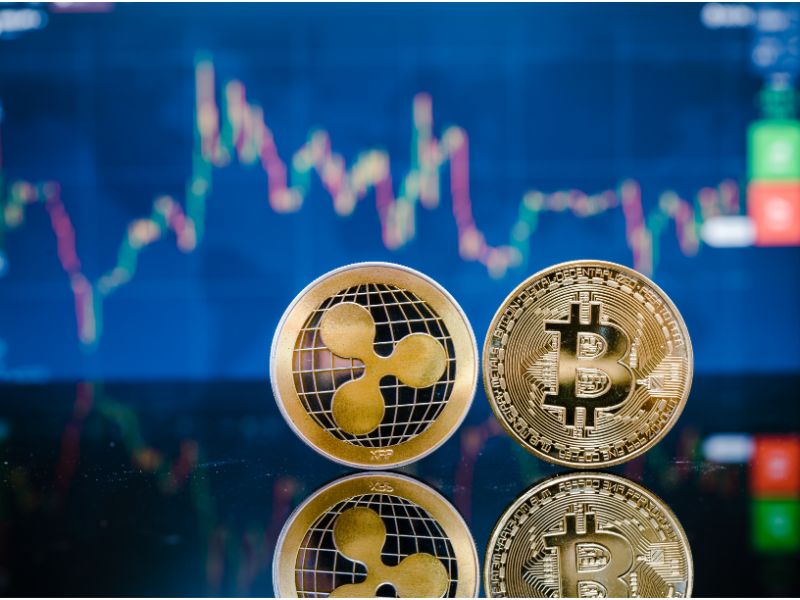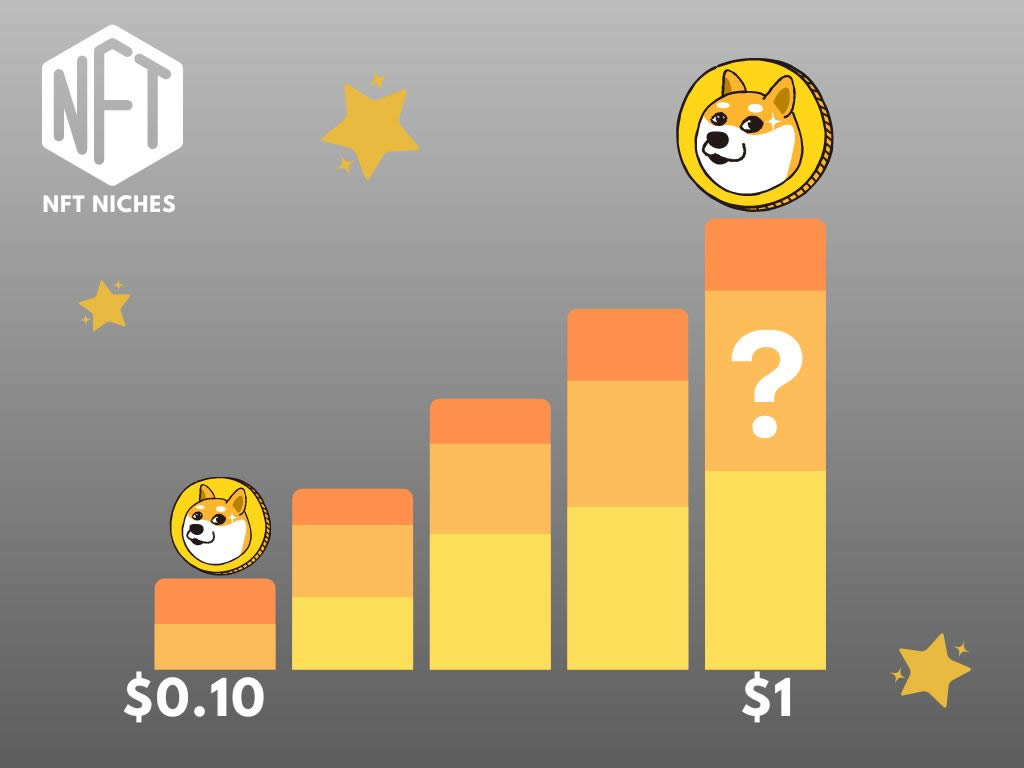In the rapidly evolving world of cryptocurrency, Bitcoin has reigned supreme.
Its market capital surpasses that of all others. However, Ripple’s XRP is emerging as a potential contender.
This article delves into the fundamentals of XRP, compares it with Bitcoin, and explores the factors that could potentially elevate XRP to Bitcoin’s status.
Ultimately, we’ll examine the question on everyone’s mind: Could XRP be the next Bitcoin?
Let’s navigate the unpredictable seas of cryptocurrency together and see whether this alt coin, XRP, that surprisingly is now over 10 years old, could become the very next Bitcoin.
Understanding the Basics: What Is XRP
As a digital asset and technology protocol, XRP holds a multitude of applications, specifically in the financial technology sector.
XRP is the native digital asset of the XRP Ledger, an open-source blockchain protocol.
The ledger and blockchain is a decentralized unit powered by a network of peer-to-peer servers run by miners to validate transactions on to the blockchain and help keep it incredibly secure.
XRP was designed to facilitate faster, direct asset transfers. It is often used as a bridge currency in transactions involving different fiat currencies.
Finance has been XRP’s USP for a very long time.
In the realm of market dynamics, XRP boasts a high degree of liquidity and is ranked among the top cryptocurrencies by market cap.
This liquidity, paired with its scalability, lends itself to potential utility in institutional money flows and remittances, garnering interest from banks and payment service providers.
However, it is important to note that XRP and Ripple, the technology company behind XRP, are separate entities.
Ripple uses XRP in its payment ecosystem, but the digital asset can exist independently of the company.
XRP’s potential goes beyond being a digital asset. It plays a crucial role in the functionality of various decentralized financial applications.
When cryptocurrency is looked at for future potential scalability, reliability, low transaction cost as well as usage are dominated factors.
Considering XRP’s model is predominantly finance, which is the industry cryptocurrency lends itself to the most, it is no wonder many speculate as to whether XRP could truly be the next Bitcoin.
The Rise and Popularity of Bitcoin
Over the past decade, Bitcoin’s rise to prominence has been nothing short of remarkable, with its value skyrocketing and its adoption rates increasing globally.
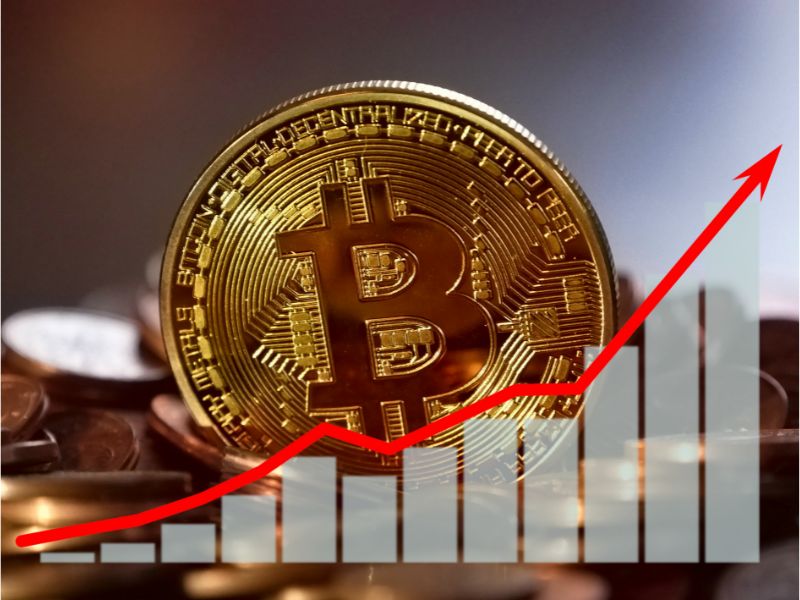
Many have heard the story of Jeremy Sturdivant who swapped his hoard of 10,000 Bitcoin for two pizzas.
Those same 10,000 Bitcoin today are worth over $266million!
A very expensive pizza.
XRP has emerged as a game changer in the financial world, providing a decentralized, peer-to-peer transaction system.
It has revolutionized the way we perceive and conduct financial transactions, challenging the traditional banking system.
Bitcoin’s value has been driven primarily by supply and demand dynamics. Its limited supply of 21 million coins, coupled with increasing interest, has seen its price reach astronomical heights.
Furthermore, increased acceptance by businesses and consumers has bolstered its adoption rates.
El Salvador has even adopted Bitcoin as its official legal tender.
The surge in Bitcoin’s popularity has been accompanied by a rise in its use for various purposes. Initially associated with illicit activities due to its anonymity, it is now being widely used for legal transactions, investments, and as a hedge against inflation.
Its decentralized nature has also made it a popular choice for individuals living in countries with unstable currencies.
However, with heightened popularity comes increased scrutiny.
Regulatory bodies worldwide are grappling with how to manage and control Bitcoin’s use. While some have embraced it, others have imposed strict regulations or outright bans.
Despite these challenges, Bitcoin’s journey has set a precedent for other cryptocurrencies.
It has shown that digital assets can provide an alternative to traditional financial systems, paving the way for other cryptocurrencies like XRP. However, whether XRP, or any other digital currency, can replicate Bitcoin’s success remains to be seen.
It will largely depend on market acceptance, regulatory environment, and the ability to solve real-world problems.
XRP Vs Bitcoin: a Comparative Analysis
Bitcoin, the pioneer of cryptocurrencies, is primarily a digital asset that acts as a medium of exchange.
It operates on a decentralized peer-to-peer network, with its main appeal lying in its potential to provide financial freedom from traditional banking systems.
On the other hand, XRP, developed by Ripple Labs, serves a dual purpose – it’s both a digital currency and a technology protocol.
Unlike Bitcoin, XRP’s primary use-case is to facilitate faster, low-cost international transactions in the Ripple Network, making it attractive to financial institutions.
XRP has a maximum supply of 100 billion coins, which are pre-mined, implying less price volatility compared to Bitcoin.
Imagine if companies could harness this peer-to-peer low cost transaction network and begin to pass out through customers currently locked in to high transfer fees with global banking institutions.
While Bitcoin’s value proposition lies in its potential as digital gold, XRP’s value is tied to its utility within the Ripple Network.
Therefore, predicting whether XRP could be the next Bitcoin is complex.
Factors such as regulatory environment, technological advancements, and market adoption will play pivotal roles in shaping their futures.
As such, potential investors must conduct thorough research, understand the inherent risks, and strategize accordingly to maintain control over their investments.
Factors Influencing XRP’s Potential to Surpass Bitcoin
How might factors such as regulatory developments, technological advancements, and market adoption influence XRP’s potential to surpass Bitcoin in the cryptocurrency space?
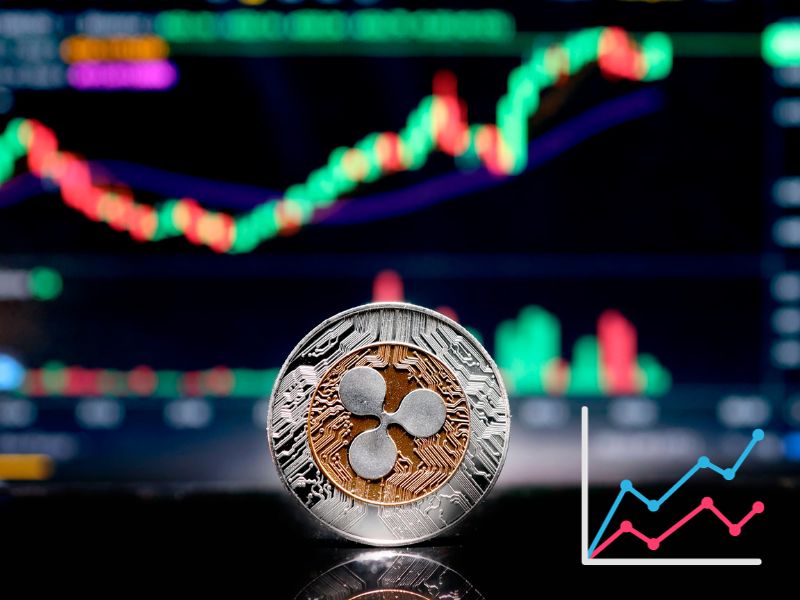
Regulatory developments hold significant power over XRP’s ascendency.
Regulatory clarity could provide XRP a distinct advantage over Bitcoin, which still operates in a grey area in many jurisdictions.
A well-regulated environment could enhance investor confidence, driving wider adoption of XRP.
Technological advancements also play a pivotal role. XRP’s underlying technology, Ripple, is faster and more scalable than Bitcoin’s blockchain.
It provides for swift international transactions, making it attractive to financial institutions.
If Ripple continues to innovate and improve its technology, it could outpace Bitcoin.
Market adoption, however, is perhaps the most crucial factor.
Bitcoin currently has a clear lead in terms of market cap and user base.
XRP, by working with financial institutions, offers a compelling use-case, but the challenge lies in convincing a broad market of users and institutions to adopt XRP over Bitcoin.
For XRP to surpass Bitcoin, it would need to navigate and possibly leverage regulatory landscapes, continue to advance its superior technology, and strategically promote its adoption in the market.
Therefore, the power to surpass Bitcoin isn’t solely determined by XRP’s inherent qualities, but heavily influenced by external factors.
Those who desire control in this volatile space must keep a keen eye on these influences, as they could tip the scales in favor of XRP.
Future Predictions: Can XRP Really Take Bitcoin’s Crown?
The intricacies of the crypto market and the distinctive features of these two cryptocurrencies make this a complex issue.
Bitcoin, as the first cryptocurrency, holds a significant advantage with its established market dominance and widespread acceptance.
Its decentralization, limited supply, and robust security make it a reliable store of value, often referred to as ‘digital gold.’
On the other hand, XRP, developed by Ripple, is a digital asset tailored for real-time, low-cost international transactions.
Ripple’s partnerships with major financial institutions worldwide, combined with XRP’s scalability and speed, have drawn significant attention.
Nonetheless, it is crucial to understand that Bitcoin’s and XRP’s objectives are fundamentally different.
While Bitcoin aims to disrupt the traditional financial system by offering an alternative, decentralized currency, XRP aims to enhance the existing system by enabling faster, cheaper international transfers.
Conclusion
Overall, while XRP possesses unique features and potential for growth, it is uncertain whether it can surpass Bitcoin in terms of market capitalization and global acceptance.
A myriad of factors, including regulatory decisions, technological advancements, and market dynamics, will influence this outcome. However, the prospect of XRP becoming the next Bitcoin remains a captivating topic for stakeholders in the cryptocurrency space.
Though with Ethereum’s main use surrounds the purchase of NFTs, and Bitcoin’s sole purpose to provide stability in currencies with unstable currencies, it could be XRP to lead the way in the financial markets, sector and banking industry.
If this was the case, there could be no stopping the value of XRP!
